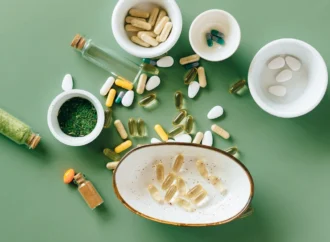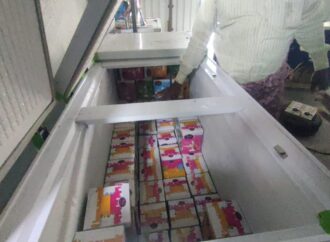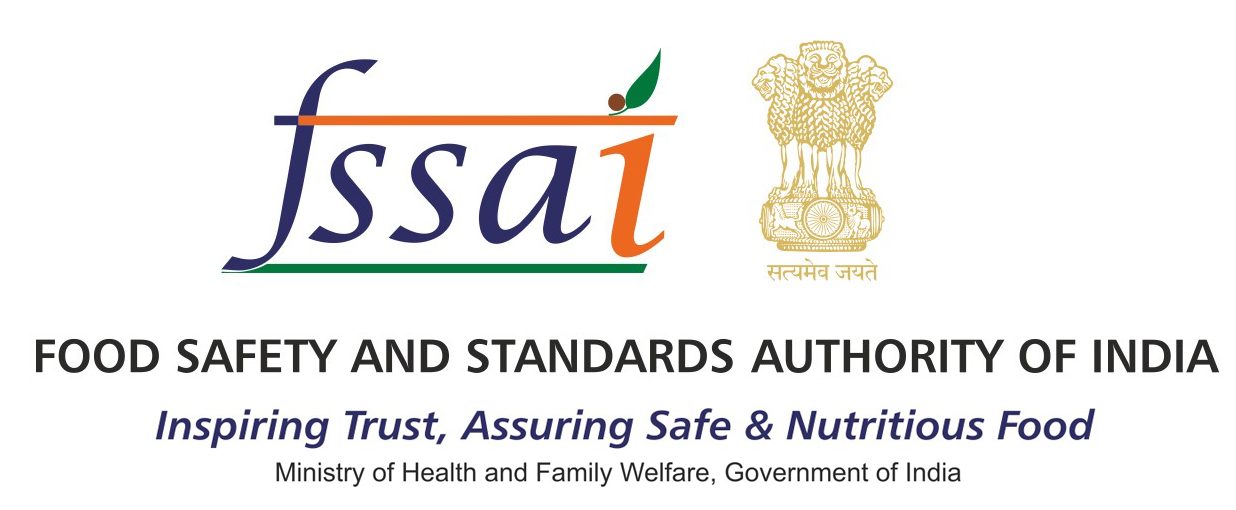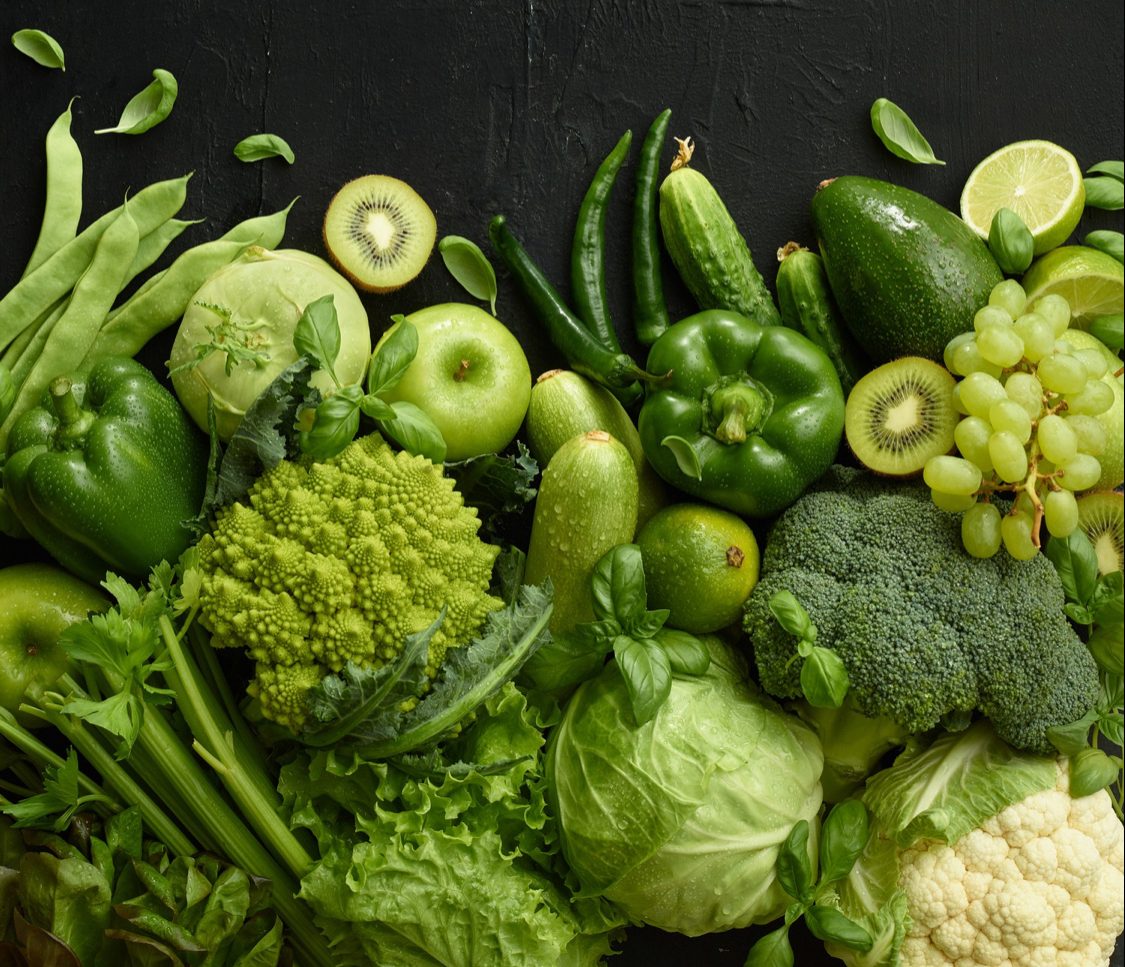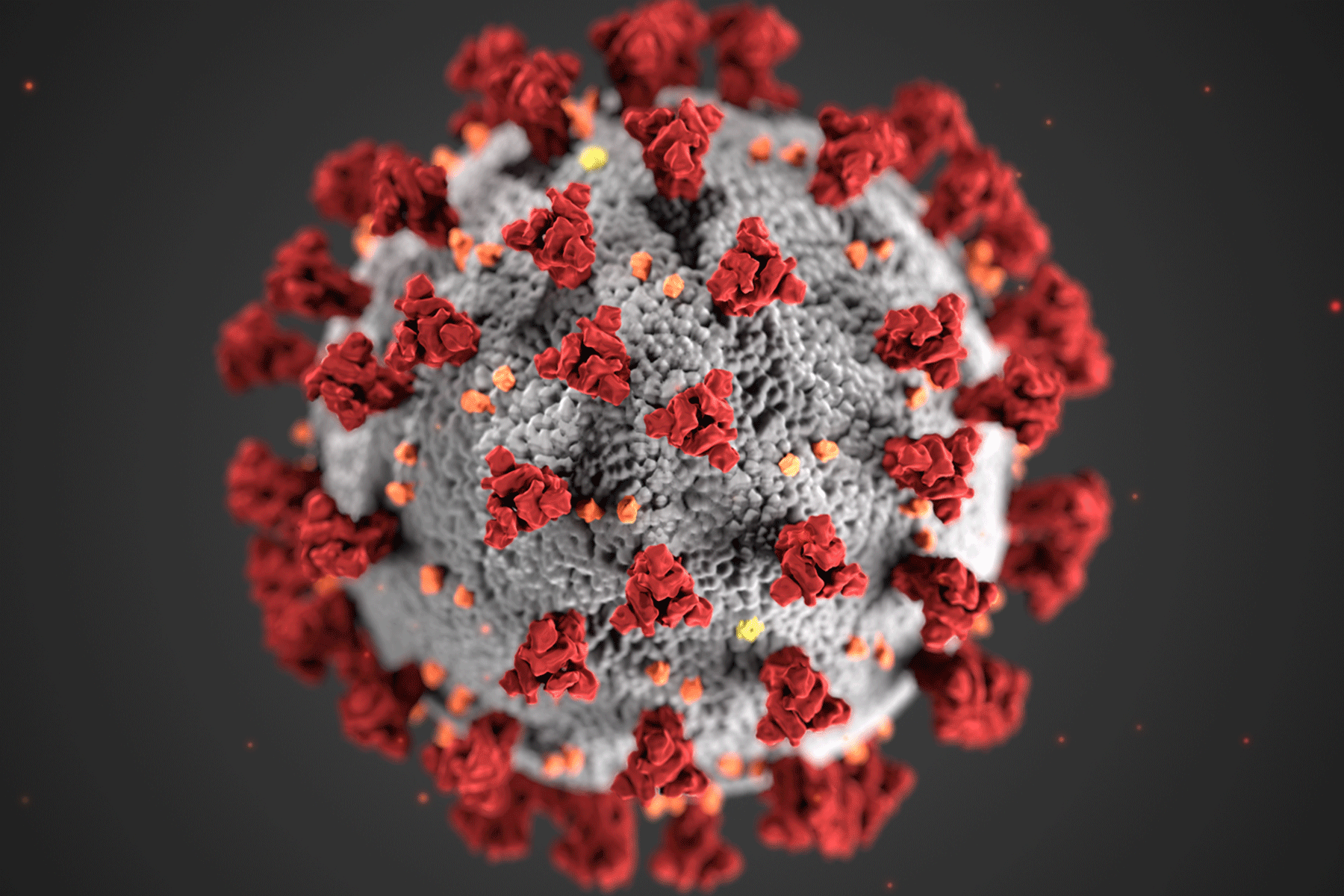Authors: Sunitha Poulose, Athira D, Biya V. Jomon
Introduction
Unniyappam, a cherished traditional snack, is prepared using ingredients such as rice flour, jaggery, bananas, and coconut. However, its high moisture content makes it particularly susceptible to microbial contamination, especially from yeast and mould. Processing challenges, including improper fermentation, insufficient drying, and prolonged exposure to moisture, create favourable conditions for microbial growth. Such contamination not only compromises the snack’s taste and texture but also poses significant health risks. Therefore, it is imperative to identify the root causes of contamination and explore effective strategies to ensure the safety and quality of the unniyappam.
Objective
This study aimed to investigate the causes of yeast and mould contamination in unniyappam and recommend effective solutions to enhance food safety and quality.
Method
A 250-gram sample of unniyappam was analyzed for microbial contamination. The Total Plate Count (TPC) was determined by the Bacteriological Analytical Manual (BAM, 8th Edition, Chapter 3), while yeast and mould levels were assessed following Indian Standard (IS 5403). The analysis aimed to evaluate the overall microbial load and detect the presence of yeast, mould, and bacterial contaminants.
Key Findings
The analysis revealed that yeast, mould, and TPC levels exceeded acceptable limits, indicating significant microbial contamination. The findings suggest that improper handling, particularly moisture exposure during processing and storage, was a key contributing factor. Additionally, processing defects, such as the use of unhygienic water for mixing and inadequate temperature control during fermentation, were also linked to the contamination.
Conclusion
The study identified that yeast and mould contamination in unniyappam is primarily driven by improper handling, moisture exposure, and environmental factors such as high humidity. To mitigate these risks, it is essential to implement stringent hygiene practices during preparation, ensure proper storage in airtight containers, and closely monitor the fermentation process. Additionally, educating food handlers and consumers on food safety protocols, along with conducting regular microbial testing, will contribute to maintaining the quality and safety of unniyappam, thereby ensuring it remains a healthy and safe snack option.
 Food Manifest
Food Manifest 



